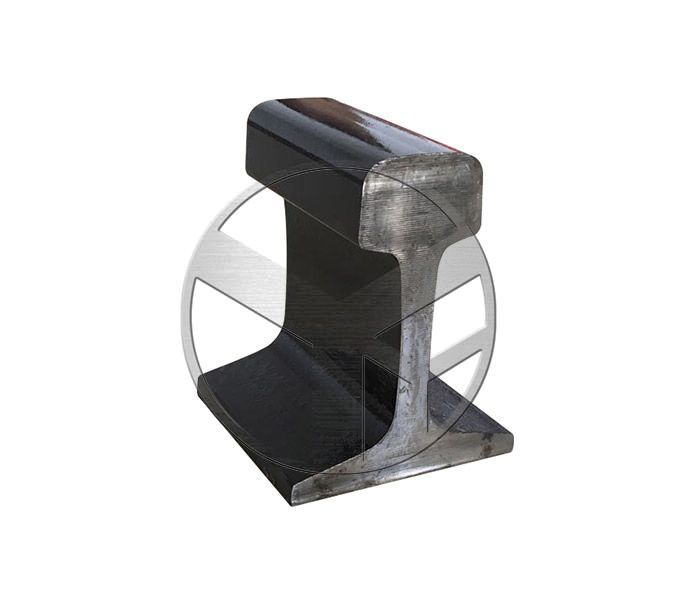What Is The Wavy Wear Of Heavy Rails?
Heavy Rail wavy wear refers to the wavy uneven wear on the top surface of the rail, which is essentially wavy crushing. Wave grinding will cause high wheel and rail power effects, accelerate the damage of locomotive vehicles and track components, and increase maintenance and repair costs. In addition, the severe vibration of the train will make passengers uncomfortable and will also threaten driving safety in severe cases. origin of. There have been serious waves in some of our country's freight routes. Its development speed is faster than side grinding, and it has become the main reason for changing rails.
Heavy Rail
Wave grinding can be divided into two types: short wave (or wave) and long wave (or wave). The ripple is a periodic irregularity with a wavelength of about 50-100mm and an amplitude of 0.1-0.4mm; the long wave is a periodic irregularity with a wavelength of more than 100mm and less than 3000mm and an amplitude of less than 2mm.
Wave grinding mainly occurs on heavy-load transportation lines, especially on coal and mining lines. It also occurs to varying degrees on high-speed and high-speed passenger lines, and it is also common on urban subways. On railways with high train speeds, corrugated wear mainly occurs, and it mainly occurs in straight lines and braking areas. Wave wear occurs mainly on heavy-duty transportation lines with lower speeds, and generally occurs in curved sections. There are many factors that affect the development of rail wave grinding, including many aspects such as rail material, line, and locomotive conditions. Countries around the world are working on the theoretical study of the causes of rail wave wear. There are dozens of theories about wave-genesis, which can be roughly divided into two categories: dynamic-type theory and non-dynamic-type theory. In general, the dynamic effect is the external cause of rail wave grinding, and the material properties of the rail are the internal cause of wave grinding.
It mainly appears on heavy-load transportation lines, especially coal transportation and mining lines. It is particularly serious on high-speed and high-speed passenger transportation lines, and it is also common on urban subways. On railways with high train speeds, corrugated wear mainly occurs, and it mainly occurs in straight lines and braking areas. Wave wear occurs mainly on heavy-duty transportation lines with lower speeds, and generally occurs in curved sections. There are many factors that affect the development of rail wave grinding, including many aspects such as rail material, line, and locomotive conditions. Countries around the world are working on the theoretical study of the causes of rail wave wear.
The above is the information about the wavy wear of heavy rails introduced by Steel Crane Rail Manufacturers.

评论
发表评论